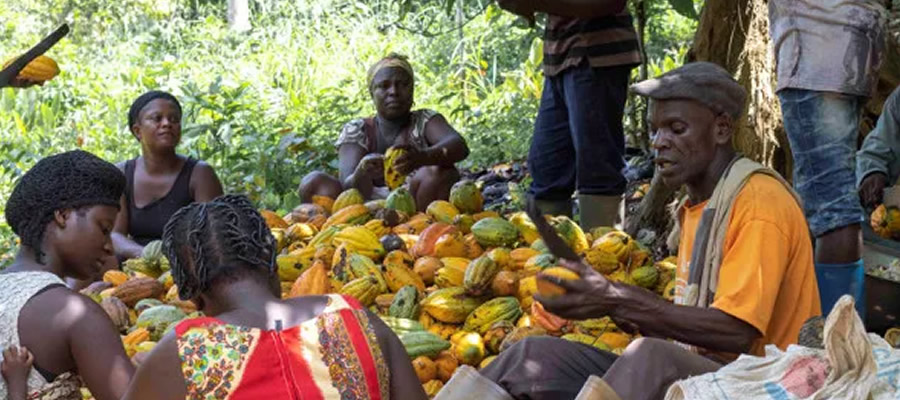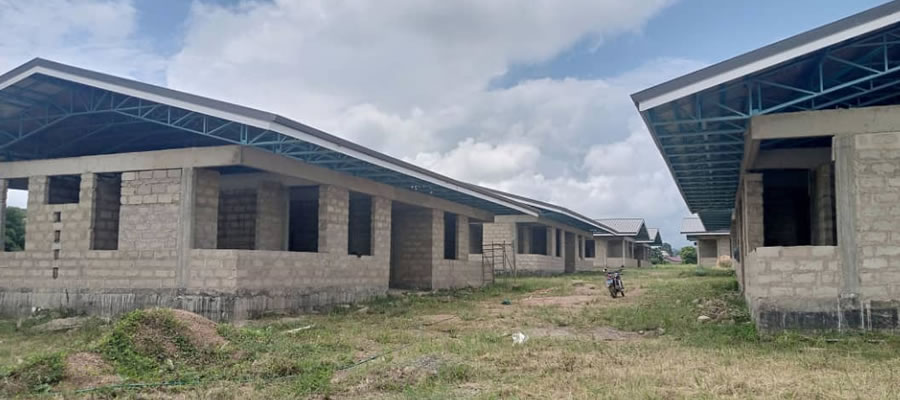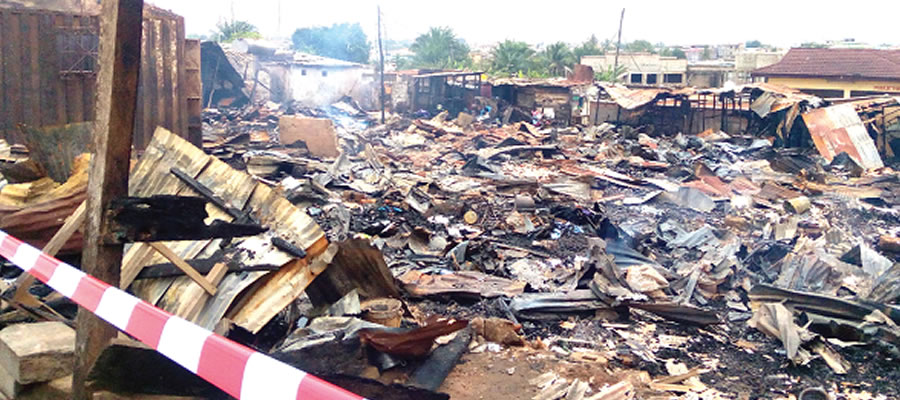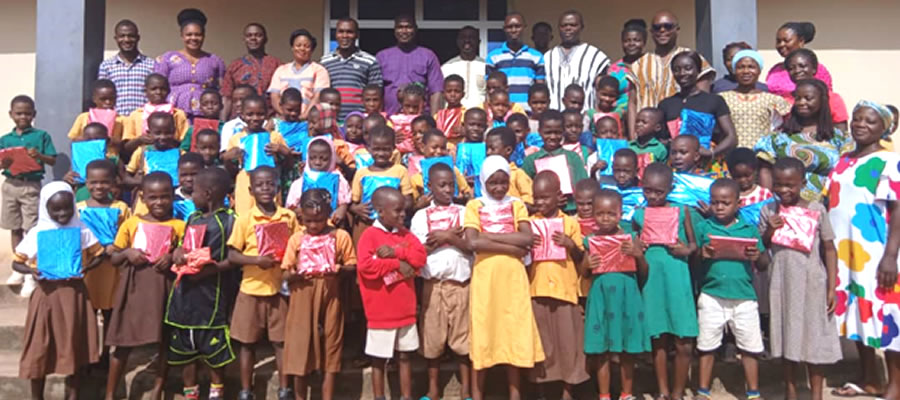

location and size
The Kadjebi District was created as an Assembly by legislative Instrument (L.L) 1465 in 1989. The District is located in the lower belt of the Volta Region of Ghana and forms part of the four (4) northern districts of the Region. It is bordered to the North by the Nkwanta District, to the South by the Jasikan District, to the West by Krachi and to the east by the Republic of Togo.The district has a total land area of 949-km2.The Strategic location of the district promotes cross border activities with the republic of Togo.
Topology and drainage
Topography
The district has an average height of about 180 metres above sea level rising to about 600 metres towards the Ghana-Togo Boarder. The district is blessed with beautiful landscape of hills, mountains and valleys. The landform however is not a hindrance to road construction in the district.
Drainage
Three(3)major rivers run through the entire district. They are the Asukawkaw,Wawa and Menu rivers that take their sources from the Akwapim-Togo hills and drain into the Volta Lake. River Asukawkaw is the largest of the three, and flows for about 25km into the lake. These rivers offer possible basis for the introduction of small-scale irrigation activities in the agriculture sector in the district.
Climate and vegetation
Climate
The climate in the district is characterized by average monthly temperature of about 25°C and rainfall is between 1400 mm and 1800mm. Rainfall is generally heavy and starts from March and ends between October and November each year. The peak of rainfall occurs in June. These conditions are conducive for agriculture production.
One major climatic problem, facing the district is severe rainstorms, which destroy farm crops, buildings and also cause severe soil erosion in some places especially during the rains. Also, the prolonged drought during the dry season (December-March)is a major source of worry to farmers who are engaged in dry season agriculture production, especially vegetables.
Vegetation
The Kadjebi district especially in the rainy season is generally green with trees covering beautiful landscape of mountains, hills and valleys. 90% of the district is predominantly covered with secondary rain forest. The forests have economic trees such as wawa, mahogany, odum, red wood, raffia palm and bamboo grooves to Support the wood processing industry.
Animal and bird species such as antelopes, monkeys, glasscutters, weaverbirds and parrots abound in the forest. The forest reserve with its animal and bird species is potential for eco-tourism development in the district.
geology & soil
Geology
The district is predominantly underlined by the Buem formations which forms 70% of the total rock.The Togo series occurs to the eastern sides of the district to form the remaining 30% of the sub terranean structure.The district is made up of quartzite,phylites,arkose,shale and sandstone.There are also traces of alluvial gold deposits on the banks of river wawa and clay deposits at Asato,Dodo-Amanfrom and Kadjebi.However,prospecting for alluvial gold in large quantities are being carried out along the banks of wawa river at Ahamansu.
Also the quality of the clay deposits is yet to be assessed by the Geological Department on behalf of the Assembly.Further feasibility studies on these deposits will have to be carried out in order to determine their quality and viability for exploitation. There are large caves located in some hills which could be developed into tourism in the district. The most predominant type of soil found in the district is the forest ochrosol.
Soil
This soil includes the alluvial loams, which are found along the three major rivers in the district. The soil supports the cultivation of agricultural crops such as cocoa, plantain, cocoyam, cassava, yams, maize and rice.
Date Created : 11/29/2017 2:53:37 AM










 facebook
facebook
 twitter
twitter
 Youtube
Youtube
 +233 593 831 280
+233 593 831 280 0800 430 430
0800 430 430 GPS: GE-231-4383
GPS: GE-231-4383 info@ghanadistricts.com
info@ghanadistricts.com Box GP1044, Accra, Ghana
Box GP1044, Accra, Ghana